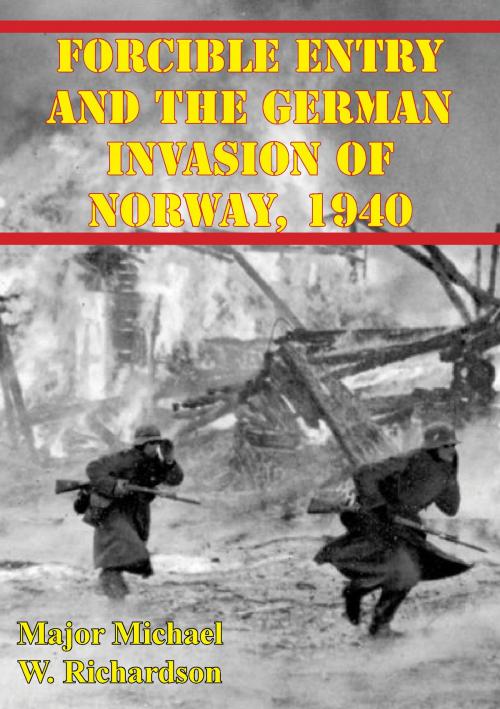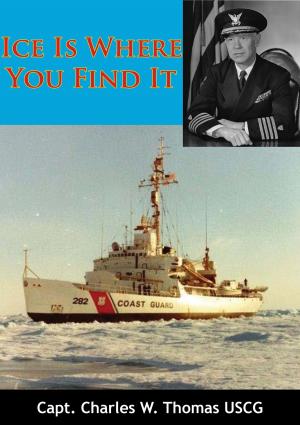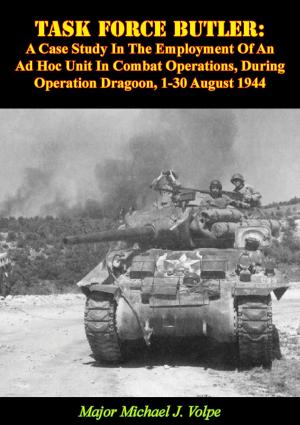Forcible Entry And The German Invasion Of Norway, 1940
Nonfiction, History, Germany, European General, Military, United States| Author: | Major Michael W. Richardson | ISBN: | 9781786250780 |
| Publisher: | Lucknow Books | Publication: | November 6, 2015 |
| Imprint: | Lucknow Books | Language: | English |
| Author: | Major Michael W. Richardson |
| ISBN: | 9781786250780 |
| Publisher: | Lucknow Books |
| Publication: | November 6, 2015 |
| Imprint: | Lucknow Books |
| Language: | English |
The air-sea-land forcible entry of Norway in 1940 utilized German operational innovation and boldness to secure victory. The Germans clearly met, and understood, the conditions that were necessary to achieve victory. The central research question of this thesis is: What lessons concerning setting the conditions for present day forcible entry operations can be gleaned from the successful German invasion of Norway in 1940? Forcible entry is the introduction of an aggregation of military personnel, weapons systems, vehicles, and necessary support, or a combination thereof, embarked for the purpose of gaining access through land, air, or amphibious operations into an objective area against resistance. This aggregation of military force attempts to set conditions that cripple the enemy’s ability to react decisively to, or interfere with, the forcible entry operation. The German emphasis on surprise and speed, an effective psychological campaign, and combined operations under a unified command in the invasion of Norway rendered the Norwegian and Allied intervention forces (including the Royal Navy which dominated the seas in the area) incapable of seriously interfering with the German forcible entry.
The air-sea-land forcible entry of Norway in 1940 utilized German operational innovation and boldness to secure victory. The Germans clearly met, and understood, the conditions that were necessary to achieve victory. The central research question of this thesis is: What lessons concerning setting the conditions for present day forcible entry operations can be gleaned from the successful German invasion of Norway in 1940? Forcible entry is the introduction of an aggregation of military personnel, weapons systems, vehicles, and necessary support, or a combination thereof, embarked for the purpose of gaining access through land, air, or amphibious operations into an objective area against resistance. This aggregation of military force attempts to set conditions that cripple the enemy’s ability to react decisively to, or interfere with, the forcible entry operation. The German emphasis on surprise and speed, an effective psychological campaign, and combined operations under a unified command in the invasion of Norway rendered the Norwegian and Allied intervention forces (including the Royal Navy which dominated the seas in the area) incapable of seriously interfering with the German forcible entry.















